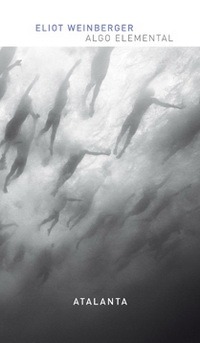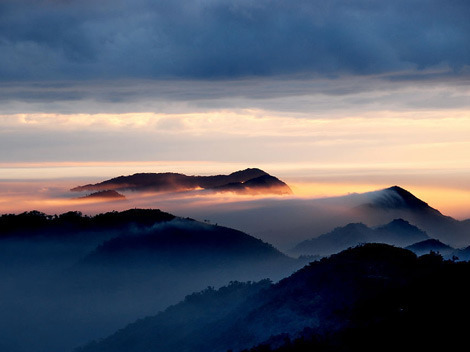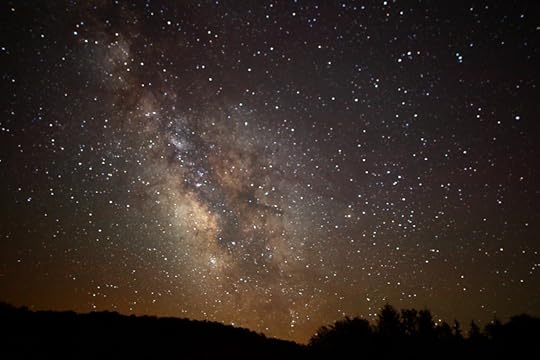What do you think?
Rate this book


220 pages, Paperback
First published January 1, 2007


Chang Jung, a poet in the 5th century, was given a fan made of white egret feathers by a Taoist priest, who told him that strange things should be given to strange people. The Emperor said that the kingdom couldn't stand to be without one man like Chang Jung and couldn't stand to be with two.
A Kaluli lives in two worlds: the visible world of people and the world of their reflections, where people live as wild pigs or cassowaries on the slopes of Mt. Bosavi. When a person dies, the reflection also disappears, and turns into a bird in the visible world. Birds see each other as people, and their calls are people talking to one another. The passage of life is from infant to bird.
In the third month, the Sun is in the Stomach; at dusk the Seven Stars set, and at dawn the Oxherding Boy; its tree is the pear.He writes often about cycles in time, and the repetition of basic elements that combine to form the universe:
"in order to fill its expanse, nature must repeat to infinity each of its original combinations or types" p 130or earlier, talking about Empedocles:
"He believed that the world was made of four roots--earth,water,air,fire--and two forces, love and strife...Everything is sometimes different but perpetually alike, momentary creations that are formed, separate into their immortal elements, and are recombined."This same cyclic repetition is very much expressed in the way he writes... taking detritus of human culture and recombining them into essays that are highly unique. And the repetition he employs in his lists is reminiscent of the repetition he writes about in the endless cycles of life.